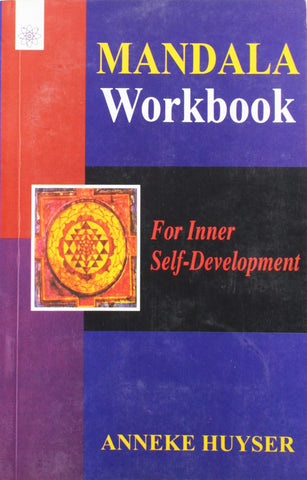Your cart is empty now.
In this book, the authors explore and reconsider the contemporary significance of the Christ and the Bodhisattva. The volume includes essays by three eminent Christian theologians, Langdon Gilkey, Brother David Steindl – Rast, and Ann Belford Ulanov, that explore the significance of the Christ from the perspectives of the Roman Catholic contemplative tradition, modern depth psychology, and liberal Protestantism. Drawing on information previously unavailable in English, three distinguished scholars of Buddhism, Robert Thurman, Luis Gomez, and His Holiness the Dalai Lama investigate the significance of the Bodhisattva in India, East Asia, and Tibet.
A substantive introduction sets the historical background for the Christ in Christianity and the Bodhisattva in Buddhism. Contributors’ essays enhance our understanding of current presuppositions, problems, and prospects for the Buddhist – Christian dialogue.
In the figures of the Christ and the Bodhisattva, Christianity and Buddhism have developed powerful symbols of the ideal possibilities of human nature, operating both as liberating and redemptive forces in the lives of individuals and as sources of inspiration in the quest for a just and compassionate society. In the history of human culture, few other symbols can rival the creative influence that the Christ and the Bodhisattva have exercised in the future will be determined by the ways in which the Christ figure remains alive. The same may be said about Mahayana Buddhism and the Bodhisattva ideal. In addition, Christian understandings of the Christ and Buddhist interpretations of the Bodhisattva may be enriched by the dialogue that is currently taking place between Christianity and Buddhism.
A symposium at Middlebury College in 1984 sought to focus and further that dialogue. It brought together three Christian scholars and three Buddhist scholars to address the contemporary significance of the Christ and the Bodhisattva. All six are both highly regarded as scholars in their respective fields and have a personal commitment their tradition. The speakers were not asked to speculate in their addresses on points of comparison between the two figures. Rather, the speakers from the Christian tradition provided perspectives on the Christ while the speakers from the Buddhist tradition illuminated the meaning of the Bodhisattva in a variety of Buddhist cultures. Thus, the Christ was considered from the perspectives of the Roman Catholic monastic tradition, modern depth psychology, and liberal Protestant theology. The Bodhisattva was approached geographically, from the Indian, East Asian, and Tibetan Buddhist traditions.
These six addresses provide a rich background for reflection on the nature and significance of the Christ and the Bodhisattva for their respective traditions. They also indicate the wide range of meanings with which the two figures have been invested. This is particularly useful in the case of the Bodhisattva, who is far less familiar to a western audience than the Christ. As max Muller, the father of comparative religion declared, “But before we compare, we must thoroughly known what we compare. A clear and careful analysis of the two figures, as presented in the six addresses, allows significant points of comparison to emerge. The Symposium and was chaired by William F. Buckley, Jr. and taped for his PBS program “Firing Line.” The second took place at the close of the Symposium and was chaired by Steven Rockefeller.
The question has been raised as to why the Symposium chose to focus on the Christ and the Bodhisattva rather than the Christ and the Buddha that make comparison useful: they are considered to be the founders and the embodiment of perfection in their respective traditions. These are obvious parallels between the Christ and the Buddha that make comparison useful: they are considered to be the founders and the embodiment of perfection in their respective traditions. These and other reasons have motivated scores of comparative studies of the Christ and the Buddha over the last century. Comparisons between the Christ and the Bodhisattva, though far more rare, are equally valuable. The Bodhisattva is the most dynamic figure in Mahayana Bodhisattva and the Buddha is explored in a later section of this introduction and in several of the essays in the volume. In Christianity, the account of the life, death, and resurrection of the Christ has served as a primary model for the way to liberation as understood by the Christian tradition.
| Acknowledgement | vii | |
| Introduction | 1 | |
| The Christ | 5 | |
| The Bodhisattva | 23 | |
| The Dialogue | 29 | |
| Chapter 1. | Perspectives on the Buddhist – Christian Dialogue: (Malcolm David Eckel | 43 |
| Chapter 2. | The Buddhist Messiahs: The Magnificent Deeds of the Bodhisattvas: (Robert A.F. Thurman) | 65 |
| Chapter 3. | Who is Jesus Christ for Us Today? (Brother David Steindl – Rast) | 99 |
| Chapter 4. | The God You Touch (Ann Belford Ulanov) | 117 |
| Chapter 5. | From the Extraordinary to the Ordinary: Images of the Bodhisattva in East Asia (Luis O. Gomez) | 141 |
| Chapter 6. | The Meaning of Jesus the Christ (Langdon Gilkey) | 193 |
| Chapter 7. | The Dalai Lama of Tibet (Donalds S. Lopez, Jr.) | 209 |
| Chapter 8. | The Practices of Bodhisattvas (His Holiness Tenzin Gyatso, The Fourteenth Dalai Lama) | 217 |
| Chapter 9. | Symposium Panel on the Christ and the Bodhisattva (Steven C. Rockefeller, Moderator) | 229 |
| Epilogue | 257 | |
| Notes on Contributors | 263 | |
| Bibliography | 267 | |
| Index | 271 |
Delivery and Shipping Policy
- INTERNATIONAL SHIPPING
- Rs.1000-1100/kg
- ESTD. Delivery Time: 2-3 weeks (depending on location)
- Bubble Wrapped with Extra Padding
- NATIONAL SHIPPING
- NCR: Rs. 30/half kg
- Standard: Rs. 80/half kg
- Express shipments also available on Request
- ESTD. Delivery Time: Ranging from 1-4 days up to 7 business days (Depending on your choice of Delivery)
- TRACKING
- All orders; national or international, will be provided with a Tracking ID to check the status of their respective orders
- Depending on the Shipping Service, Tracking ID may be used on their respective tracking portals
Frequently Asked Questions (FAQs)
Domestic Shipping: 3-4 Days (after shipping)
International Shipping: 1-2 weeks (based on your location)
You will receive an email once your order has been shipped or you can email us if you didn't receive tracking details (info@mlbd.co.in)
Every book that we sell is the latest edition except all the rare books
Yes, we do provide free shipping, only on domestic orders (within India) above Rs.1500



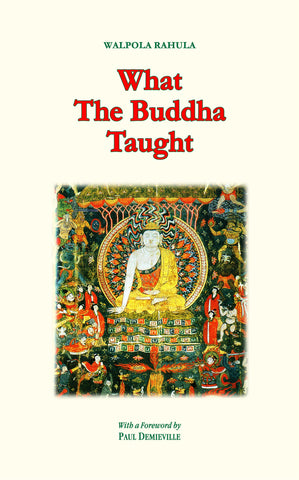
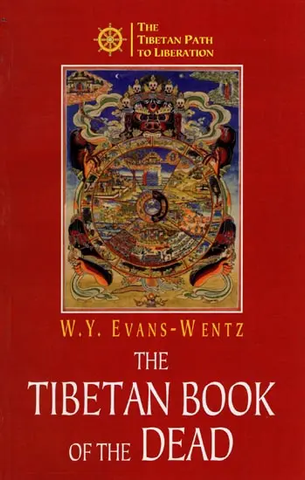
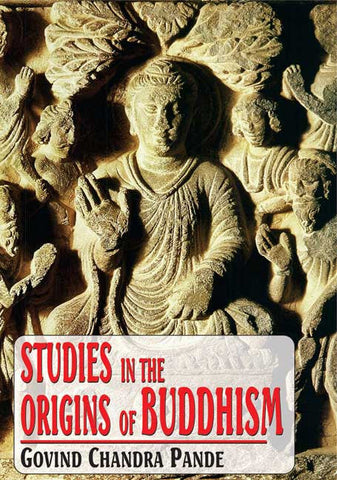
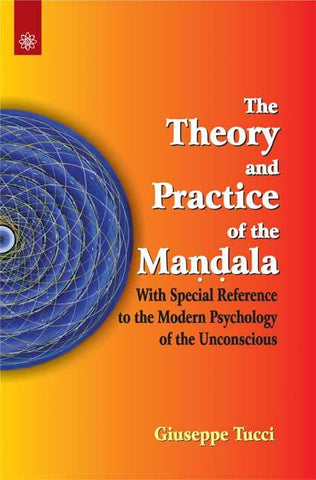
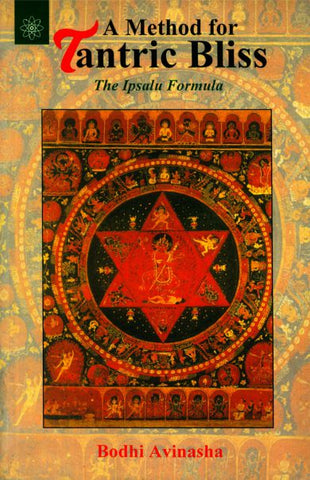
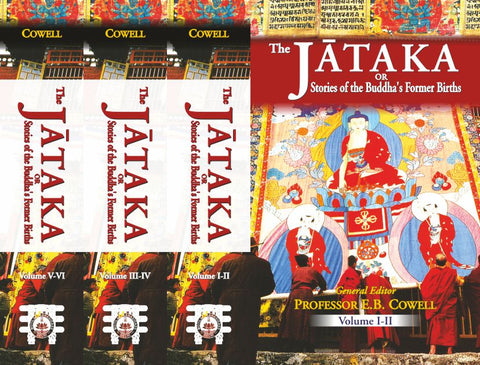
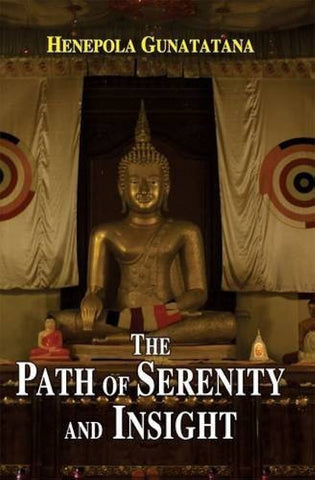
![The Rishukyo [Buddhica Britannica Vol.3]: The Sino-Japanese Tantric Prajnaparamita in 150 Verses (Amoghavajra's Version)](http://www.motilalbanarsidass.com/cdn/shop/products/RISHUKYO_large.jpg?v=1675417651)
